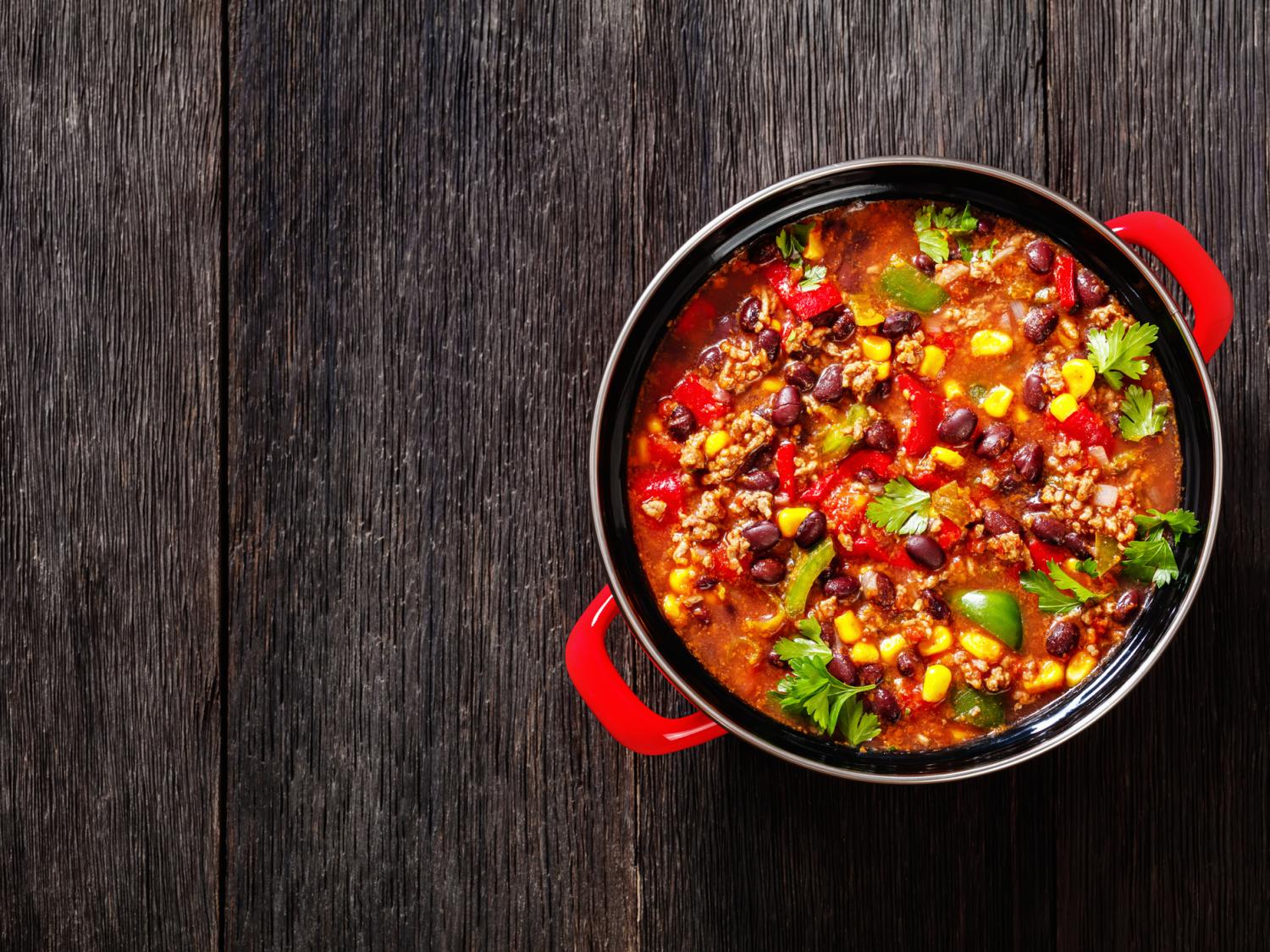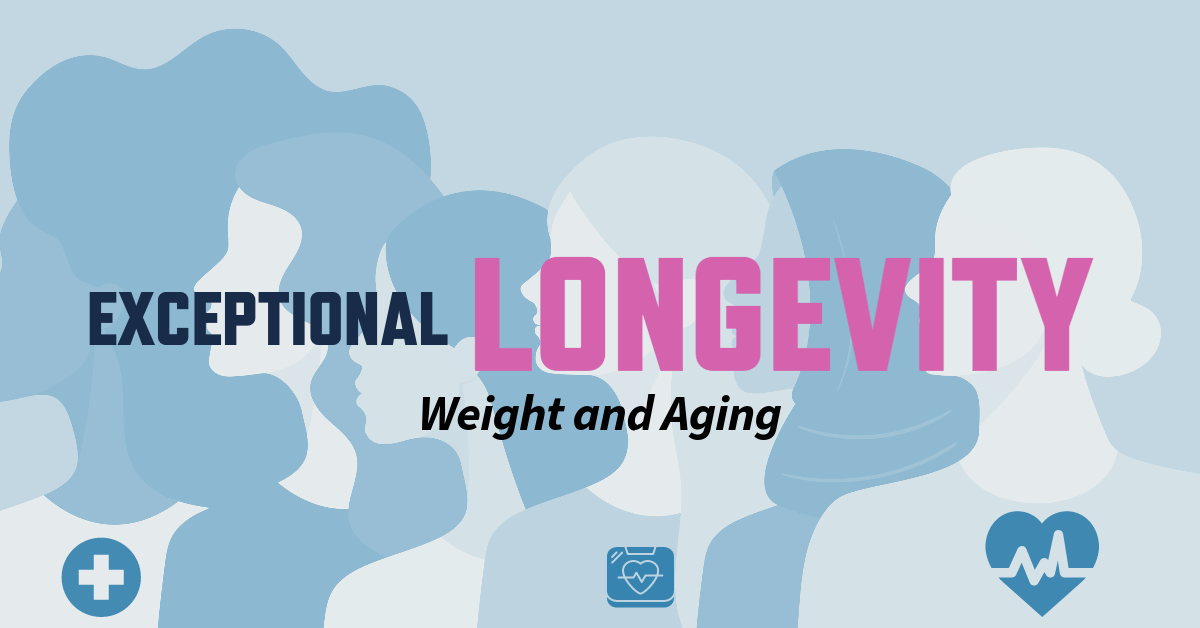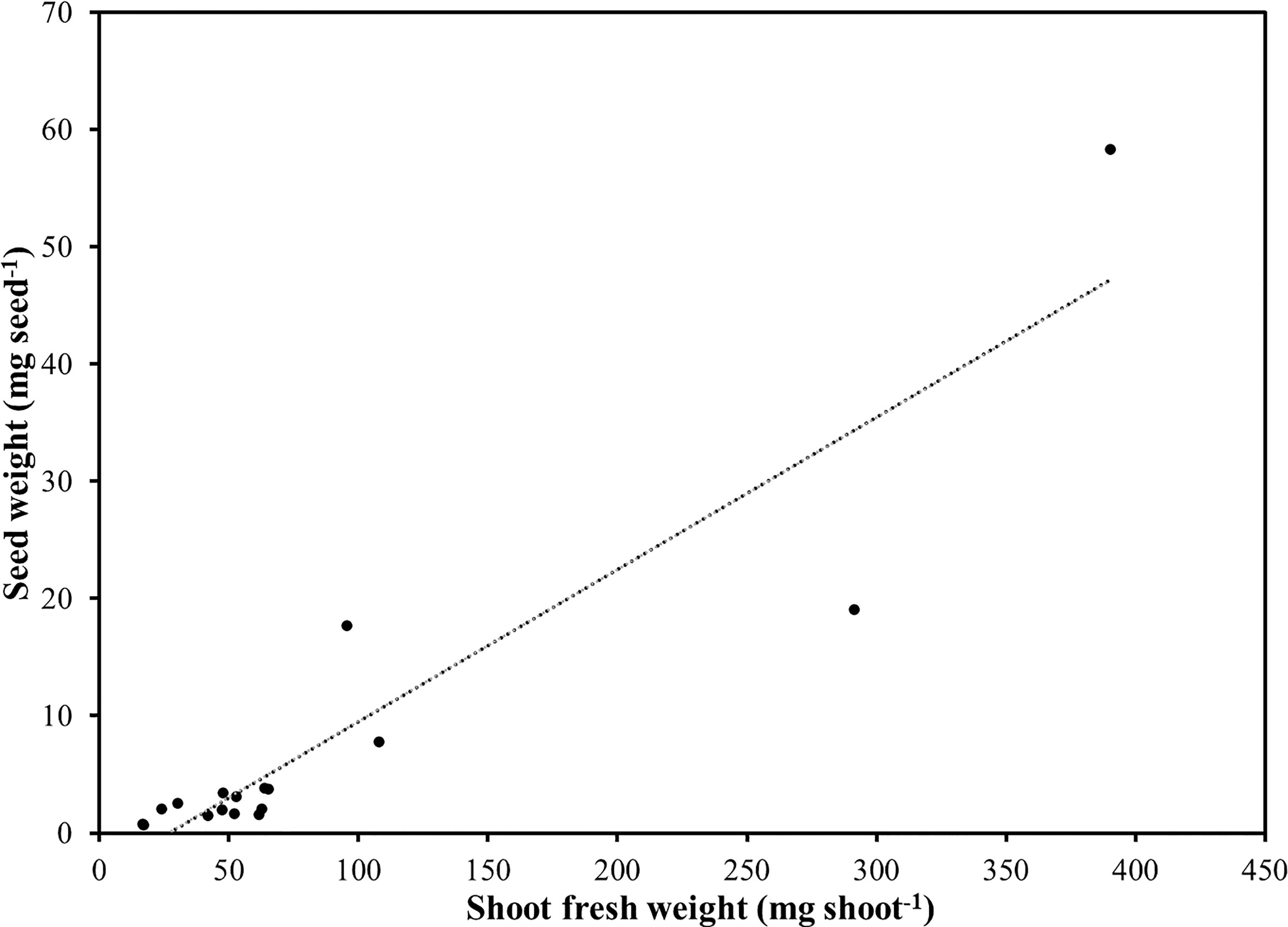2023-08-29 ペンシルベニア州立大学(PennState)
 Researchers found that study participants enjoyed many typical American foods better or at least as much as the original versions when some of the saturated fat, salt and sugar was replaced with healthier herbs and spices. Credit: Getty Images. All Rights Reserved.
Researchers found that study participants enjoyed many typical American foods better or at least as much as the original versions when some of the saturated fat, salt and sugar was replaced with healthier herbs and spices. Credit: Getty Images. All Rights Reserved.
◆ペンシルベニア州立大学の研究チームは、健康なハーブやスパイスでこれらを置き換え、食品の美味しさを維持しながら飽和脂肪、糖分、塩分を削減する方法を見つけた。食品の風味を損なわずに過剰成分を減らすことが可能で、心血管疾患のリスク軽減に寄与する可能性がある。
<関連情報>
- https://www.psu.edu/news/research/story/herbs-and-spices-tout-taste-and-health-saturated-fat-salt-replacements/
- https://www.jandonline.org/article/S2212-2672(23)01293-5/fulltext#%20
ハーブやスパイスを使って、一般的に消費されている食品の味を引き立てることは、過剰に消費されている食事成分を少なくするために改良された戦略であり、飽和脂肪とナトリウムの摂取量を減らす可能性がある: 国民健康栄養調査の分析とブラインドテイスティング Using herbs/spices to enhance the flavor of commonly consumed foods reformulated to be lower in overconsumed dietary components is an acceptable strategy and has the potential to lower intake of saturated fat and sodium: A National Health and Nutrition Examination Survey analysis & blind tasting
Kristina S. Petersen,Victor L. Fulgoni III,Helene Hopfer,John E. Hayes,Rachel GoodingPenny Kris-Etherton
Journal of the Academy of Nutrition and Dietetics Published:July 31, 2023
DOI:https://doi.org/10.1016/j.jand.2023.07.025
Abstract
Background
Foods lower in saturated fat, sodium, and added sugars (i.e., overconsumed dietary components) must have an acceptable flavor profile to promote intake.
Objective
The aim of this research was to model the impact of using herbs/spices as flavor-enhancers when reducing overconsumed dietary components in commonly consumed foods and evaluate acceptance of these flavor-enhanced reformulations.
Design
Ten leading sources of overconsumed dietary components were identified using the National Health and Nutrition Examination Survey (NHANES) 2015-2018 dietary data. These foods were reformulated to reduce overconsumed dietary components and herbs/spices were used to preserve acceptability. The impact of consumer adoption of the reformulated foods on intake of overconsumed dietary components was modeled using NHANES data. Consumer acceptability of the reformulated recipes was assessed with blind taste testing.
Participants/setting
Dietary data from adults 19+ years (n=9,812) included in NHANES 2015-2018 were used to identify foods for reformulation and model the potential impact of reformulation. The blind taste testing included 85-107 consumers per panel.
Main outcome measures
Estimated daily change in total intake of saturated fat, sodium, added sugars and energy with intake of the reformulated foods instead of the original foods. Consumer ratings of overall liking of the reformulated recipes vs. the original recipes were assessed using standard 9-point hedonic scales.
Statistical analyses performed
Descriptive statistics with use of survey procedures were used to model the impact of reformulated food adoption. Mixed effect models were used for analysis of the blind tasting data.
Results
With intake of the reformulated foods, instead of the original versions, by 25 to 100% of current consumers, estimates suggest lowering of saturated fat (25% consumer adoption: -2.9%; 100% consumer adoption: -11.4%), sodium (-3.2; -11.5%), and added sugars (-0.5; -2.7%) intake. The overall liking ratings for seven of the 10 reformulated foods were superior or at parity with the original foods.
Conclusion
This proof-of-concept research suggests that using herbs/spices to create flavor-enhanced recipes lower in overconsumed dietary components has the potential to reduce intake and is acceptable to consumers.


